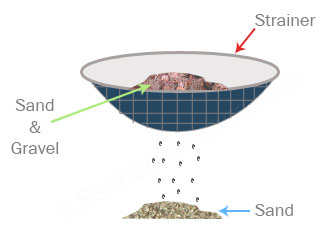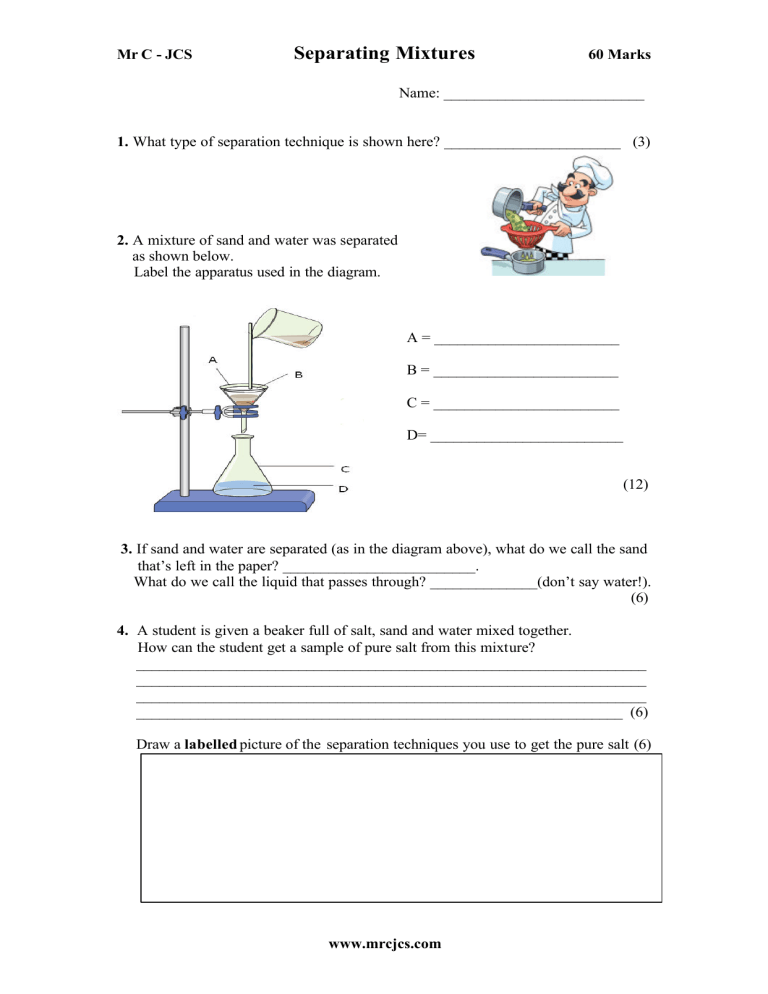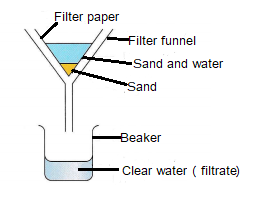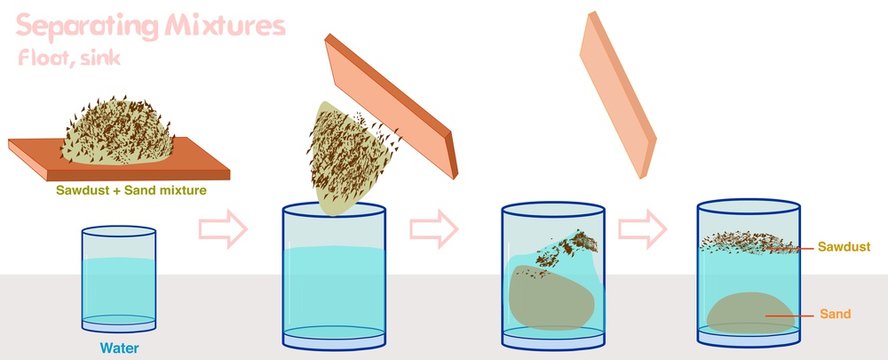Separation of mixtures is a common task in chemistry and is often necessary in everyday life. One example of a mixture that can be easily separated is a mixture of sand and water. There are several methods that can be used to separate this mixture, depending on the specific needs and resources available.
One method to separate a mixture of sand and water is through the use of sedimentation. This involves allowing the mixture to sit undisturbed for a period of time, during which the heavier sand will settle to the bottom of the container, while the lighter water will remain on top. Once the mixture has been allowed to sit for long enough, the water can be carefully poured off, leaving the sand behind. This method works best when the particles of sand are relatively large and the volume of water is small compared to the amount of sand.
Another method to separate a mixture of sand and water is through the use of filtration. This involves using a filter, such as a piece of paper or a filter funnel, to separate the solid particles from the liquid. The mixture is poured over the filter, and the water passes through, leaving the sand behind. This method is useful when the particles of sand are relatively small, as it allows for the separation of even the smallest particles.
A third method for separating a mixture of sand and water is through the use of distillation. This involves heating the mixture until the water boils, at which point it turns into steam and can be collected. The steam is then cooled and condensed back into liquid form, leaving the sand behind. This method is more time-consuming and requires access to equipment such as a heating source and a distillation setup, but it is useful for separating mixtures when the components are not easily separated through sedimentation or filtration.
In conclusion, there are several methods that can be used to separate a mixture of sand and water, including sedimentation, filtration, and distillation. The most appropriate method will depend on the specific needs and resources available, as well as the size and nature of the particles being separated. Regardless of the method used, the separation of mixtures is an important process that is used in many different fields and is essential for the purification of materials.







